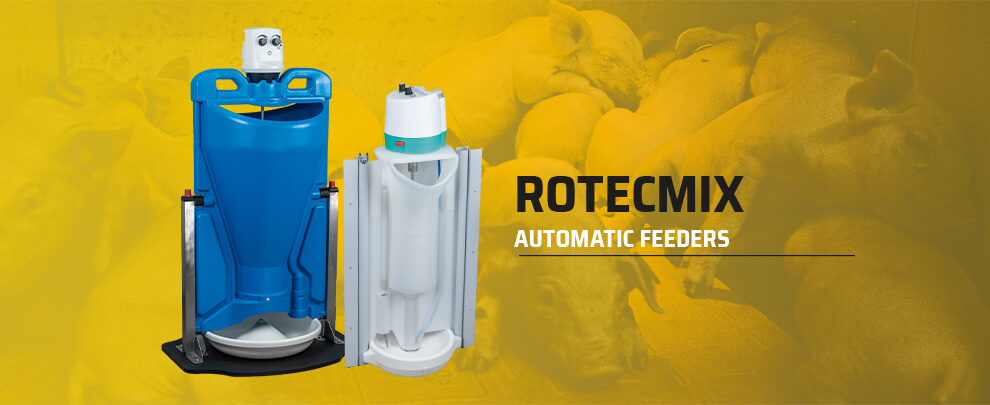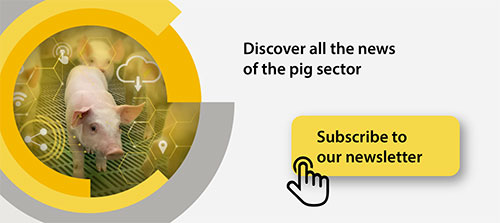Blog
Blog

Automatic feeders for farrowing and weaning piglets
13th April 2021 - News
The prolificacy continues to increase year after year. With it, the decrease in the average weight of piglets, increase in weight dispersion, mortality, and the number of animals that require special care. So much of our sows and transition farms’ productivity depends on our ability to provide the most disadvantaged piglets with what they need.
THE PIGLETS’ FOOD
Regarding the feeding of piglets in maternity, multiple studies demonstrate the benefits of the contribution of lacto-initiators, artificial milk and water, both in their growth during lactation and in their subsequent adaptation in the transition.
After weaning, the piglets must adapt to a new environment, a different group of animals, and a new hierarchy. In addition to changing feed, the animal has to learn to differentiate between thirst and hunger. Some studies show that up to 40% of piglets take more than 10 hours to eat again after being weaned, 10% more than two days, and some up to four days. Therefore, it is typical for the vast majority of newly weaned piglets to decrease their growth rate, and some even lose weight. Consequently, it is crucial to help them adapt both food-wise and socially and in facilities that guarantee their comfort.
As we have said, it is recommended to dispense water and feed to the piglets already in the lactation phase, in small quantities, but very often. The piglets that ingest feed during maternity begin to develop the enzymes that will help them better adapt to feeding with compound feed once weaned, starting to eat and grow earlier and with more significant daily weight gain.
Once weaned, it is vitally essential that piglets start drinking and eating as soon as possible. Animals in maternity eat simultaneously approximately every hour and small amounts of milk. Once weaned, the piglets must start drinking and eating as soon as possible. For this to happen it is essential to offer food in the easiest way possible:
- By temporarily increasing feeding spaces until piglets create the hierarchy to use feeders in shifts, reduce the number of meals per day, and increase their intake speed.
- Preparing porridge for the first days, making the transition from liquid to solid feeding more gradual, especially for smaller piglets. These should be prepared often and in small quantities to be as fresh as possible and maximise consumption.
The use of acceptable practices, such as those specified, in the transition from liquid to solid food, contributes positively to:
- Increasing the health and average daily gain of piglets.
- Significantly reducing mortality.
- Reducing the dispersion of animal weights in the same batch.
With this in mind, Rotecna launches the new family of Rotecmix automatic feeders to offer farmers a tool that enables these practices in an easy, constant, hygienic, and effective way.
CHARACTERISTICS
- Automatic food preparation.
- Easily accessible dish with a sensor designed to minimise waste.
- Adjustable solid / liquid ratio.
- Mobile and easy to transport.
- Designed to enable cleaning and disinfection.
- Rotecmix mini for lactating piglets is installed in the separator and serves two places simultaneously.
- Rotecmix midi for up to 45 piglets or a total weight of 35 kilos.
BENEFITS
- Increases piglets’ daily weight and vitality gain.
- Improves the size homogeneity of the animals.
- Decreases mortality.
- Reduces manual labour.
- Reduces the production cost per piglet.








